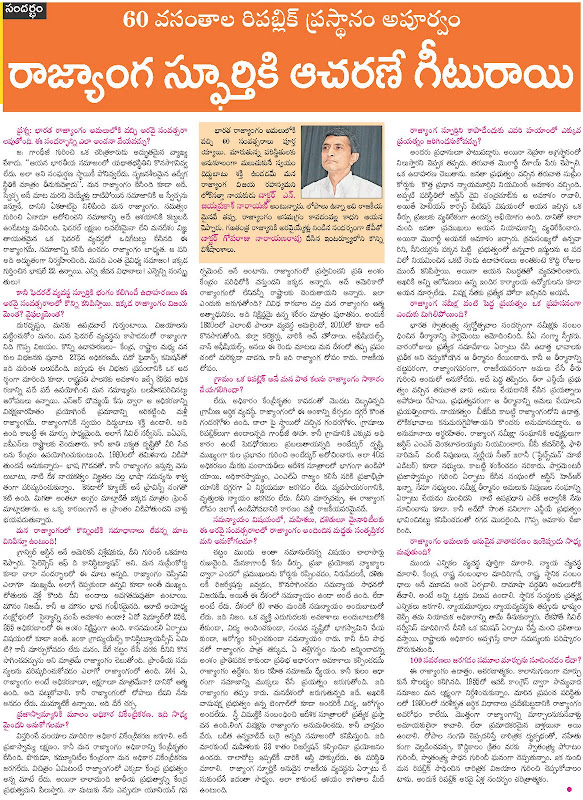


In doing so, the firms establish a monopolistic market despite there being multiple firms which hold the market power. The basic assumptions for this model of oligopoly often referred to a cartel or a collusion oligopoly is that the firms sell identical goods and agree to keep the price and quantity produced constant. An oligopoly is similar to a monopoly in that they both have very little or no competition and result in an inefficient market. Depending on the type of oligopoly there may be a degree of competition but it falls within certain limits, if one firm begins to compete too much then the oligopoly will cease to function properly. There are a number of types of oligopolistic competition which depend on the type of goods in the market and how competitive the firms want to be in terms of setting prices and quantity but for simplicity it is best examine an oligopolistic market with identical goods where two firms agree to operate as a monopoly. An oligopoly is similar to a monopoly in that there is a small number of firms which have market power meaning that they can influence the price in the market and there is almost no competition.


 0 kommentar(er)
0 kommentar(er)
